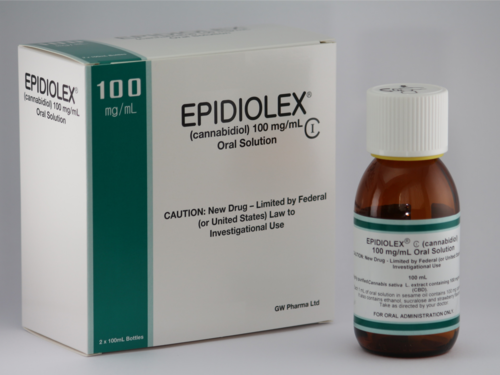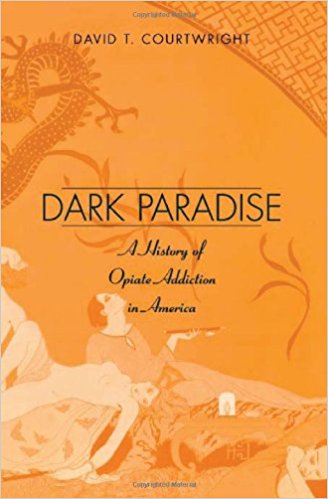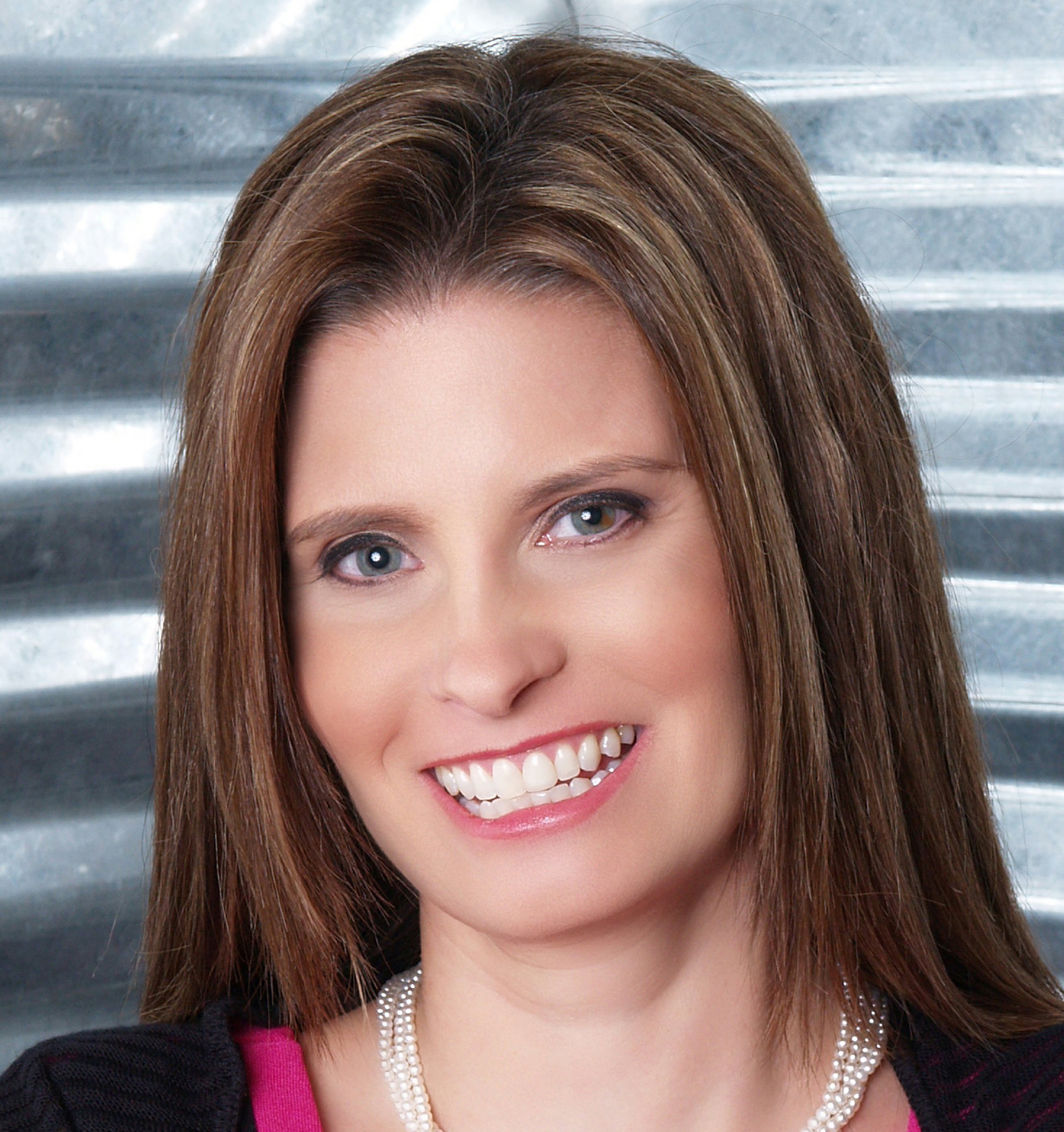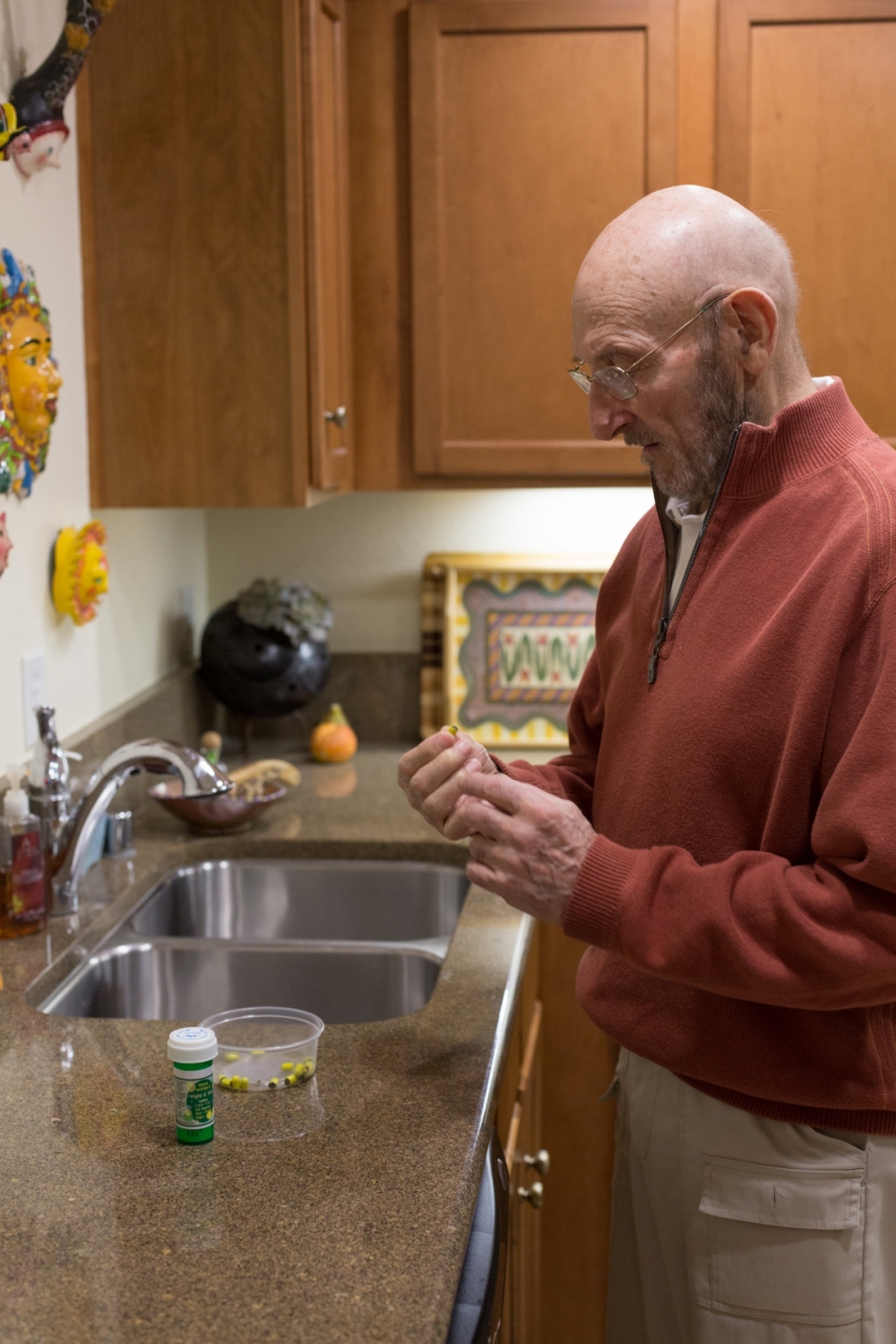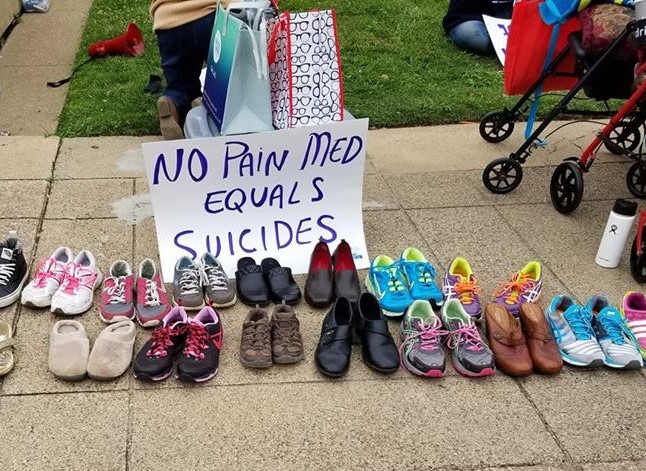Sessions Wants More Cuts in Opioid Production
/By Pat Anson, Editor
Attorney General Jeff Sessions has proposed further tightening in the supply of opioid pain medication to punish drug makers who allow too many of their painkillers to be diverted and abused.
Under the proposal, the Drug Enforcement Administration – which is overseen by the Justice Department – must consider whether an opioid medication is being misused, abused or causing overdoses when it sets annual production quotas for drug makers.
“The current regulations, issued initially in 1971, need to be updated to reflect changes in the manufacture of controlled substances, changing patterns of substance abuse and markets in illicit drugs, and the challenges presented by the current national crisis of controlled substance abuse,” the DEA said in a notice to be published in the Federal Register.
WHITE HOUSE PHOTO
“Under this proposed new rule, if DEA believes that a company’s opioids are being diverted for misuse, then they will reduce the amount of opioids that company can make,” Sessions said. "It’s a common sense idea: the more a drug is diverted, the more its production should be limited."
The cuts in opioid production could be ordered even if a drug maker has no direct role in the diversion.
"If DEA believes that a particular opioid or a particular company’s opioids are being diverted for misuse, then DEA would be able to reduce the amount that can produced in a given year. These smarter limits will encourage vigilance on the part of opioid manufacturers," the agency said in a statement.
The public has only 15 days to comment on the rule change. Public comment periods in the Federal Register are usually between 30 and 60 days long, with some taking up to 180 days. Agencies are allowed to use shorter comment periods "when that can be justified."
"This shortened period for public comment is necessary as an element in addressing the largest drug crisis in the nation's history," the DEA said. To see the rule change and make a comment, click here. Comments must be submitted on or before May 4.
The DEA has already made substantial cuts in opioid production quotas, reducing them by 25 percent in 2017, followed by another 20 percent cut in 2018. This year’s cuts were ordered despite warnings from drug makers that reduced supplies of opioids “were insufficient to provide for the estimated medical, scientific, research and industrial needs of the United States.”
Last week the DEA said it would allow three drug makers to increase their production of injectable opioids because of shortages that left hospitals scrambling to find effective analgesics to treat patients suffering from acute pain. The shortages of injectable fentanyl and morphine are largely due to manufacturing problems, although some critics say the DEA itself is partly responsible.
DEA ‘Asleep at the Switch’
The proposed rule change was triggered by a lawsuit filed against the DEA by West Virginia, alleging that the current quota system “unlawfully conflates market demand for dangerous narcotics with the amount of legitimate medical needs.”
“The DEA -- the agency tasked with effectively limiting how many opioid pain pills can be manufactured -- has been asleep at the switch and unwilling to recognize fatal flaws within its own system,” said West Virginia Attorney General Patrick Morrisey. The lawsuit was put on hold after Sessions directed the DEA to change its rules.
Under the proposed rules, the DEA would be required to get input from states, Food and Drug Administration, Centers for Disease Control and Prevention and the Department of Health and Human Services before setting opioid quotas.
Since becoming Attorney General, Sessions has been almost singularly focused on prescription opioids as the cause of the addiction and overdose crisis, even though about two-thirds of all overdoses are caused by black market drugs such as illicit fentanyl, heroin and cocaine. Less than one percent of legally prescribed opioids are diverted, according to the DEA’s own figures.
In February, Sessions said pain sufferers should “tough it out” and take aspirin, rather than turn to opioids for pain relief. "Sometimes you just need to take two Bufferin or something and go to bed," he said.
WHITE HOUSE PHOTO
Last week, Sessions visited a controversial memorial near the White House that features a wall of 22,000 engraved white pills -- each pill representing the face of someone who supposedly died from a prescription opioid overdose in 2015.
As PNN has reported, the National Safety Council’s traveling exhibit misrepresents the number of Americans who overdosed on pain medication. The CDC recently admitted that its methods for counting overdoses “significantly inflate estimates.”
More misinformation and half-truths are being published in the Federal Register to justify changes in the DEA quota system.
“(Opioid) users may be initiated into a life of substance abuse and dependency after first obtaining these drugs from their health care providers or without cost from the family medicine cabinet or from friends. Once ensnared, dependency on potent and dangerous street drugs may ensue,” the notice says.
“About 80% of heroin users first misused prescription opioids. Thus, it may be inferred that current users of heroin and fentanyl largely entered the gateway as part of the populations who previously misused prescription opioids.”
The notice is referring to a single but often-cited survey, which found that most heroin users in addiction treatment also abused prescription opioids. But experts say most addicts try a variety of different substances – such as tobacco, marijuana, alcohol and illicitly obtained opioid medication – before moving on to heroin. It is rare for a legitimate patient on legally prescribed opioids to make the transition to heroin.



